God-child; prankster; quintessential lover; divine hero; and the Supreme Being – all rolled into one – Lord Krishna - whose birthday is celebrated on ‘Janmashtami’ - which is also known as ‘Gokulashtami’. His flute, blue-ish skin; peacock-feather crown and yellow coloured dhoti makes Lord Krishna stand apart from all other Hindu Gods.
Spanning two days – the commemoration of Lord Krishna’s birth comprises fasting on the first day; partaking in his worship at Temples till midnight when Lord Krishna is said to have been born; lots of fun and frolic at the Janmashtami festivities during the second day when the Hindu communities all over the world perform dances depicting the various events in Lord Krishna's life and the much awaited ‘Dahi Handi’ festivities.
The High-point of the Janmashtami is the ‘Dahi Handi’ – where clay pot filled with ‘dahi’ (curd) and money are strung up 30-60 feet high in the air in an open-air street or grounds and young boys form human pyramids to reach the height of the pots to smash them open. This sport is performed in remembrance of Lord Krishna’s fondness for butter and curd. Forming human pyramids is not as easy as it appears as these pyramids have 3-6 layers and they require sturdiness and strength from each and every player else the whole pyramid comes crashing down and they would have to regroup again. Most times it takes multiple attempts before they get it right.
The dual-essence of Janmashtami can be best experience at:
· Mathura – the birthplace of Lord Krishna which is in the present Uttar Pradesh State – on the Delhi-Agra Highway. Mathura is also referred to as ‘Braj-Bhoomi’; ‘Shri Krishna Janma-Bhoomi’ and ‘Madhuvan’. Mathura is where the ‘Kesava Deo Temple’ is – which was built over the prison which was believed to be the birthplace of Lord Krishna. Lord Krishna is said to have been born by divine mental transmission from Vasudeva to Devaki. The current ‘Kesava Deo Temple’ was built by the medieval Rajput King - Raja Vir Sinh Bundela of Orchaa, during the reign of Mughal Emperor Jahangir. The original temple is believed to be built about 5000 years ago Vajranabha, the great-grandson of Lord Krishna. According to the sankrit epic of ancient India – Mahabharata, Mathura was the capital of the Surasena Kingdom which was ruled by King Kansa – the maternal uncle of Lord Krishna. The entire present area of Braj-Bhoomi can be divided into 2 distinct units: the Eastern Part in the Trans-Yamuna zone with places like Gokul, Mahavan, Baldeo, Mat and Bajna and the Western Side of the Yamuna covering the Mathura region that encompasses Vrindavan, Govardhan, Kusum Sarovar, Barsana and Nandgaon.
Vrindavan (also known as Vraj) - currently a town but is a site of ancient forests – located about 10 kms from Mathura. Lord Krishna’s playful and loving characteristics and his childhood pastimes are attributed to his life here at Vrindavan. Said to be the most romanntic of all Hindu Gods, Lord Krishna along with his beloved Radha spent all their time in merriment, song and dance on the celestial banks of River Yamuna along with the other Gopis - all of which is called the 'Raas Leela'. It is also said that at Vrindavan, Lord Krishna along with his brother Balaram and his cowherd friends stole butter, pulled pranks and fought with demons. Today, Vrindavan is known for its hundreds of temples – mostly dedicated to Lord Krishna.
Mumbai (previously called Bombay) – where celebrations of epic proportions gyrate to a feverish pitch – like nowhere else in the whole world. Here you get to see the most extravagant and fun-filled festivities of Krishnashtami.
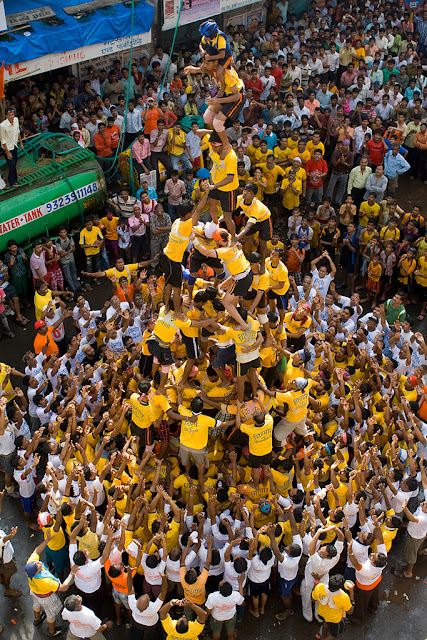
On Janmashtami, temples in Mathura install baby cradles with small statues of Lord Krishna (called Baal Mukund) in them and offer prayers, bhajans and recite Lord Krishna deeds. Elaborate rituals are performed on both days of Janmashtami in Mathura. Krishna devotees throng in millions to Mathura for pilgrimage on Janmashtami.
And those who cannot make it to Mathura visit their local Lord Krishna Temples or the ISKCON Temple which is known for spirited worship.
And Ofcourse, Bombay needs no introduction. If you want a mix of both spiritualism and fun on Janmashtami, then it’s Bombay you need to visit this Janmashtami.
Courtesy : http://blog.hoparoundindia.com
Courtesy : http://blog.hoparoundindia.com



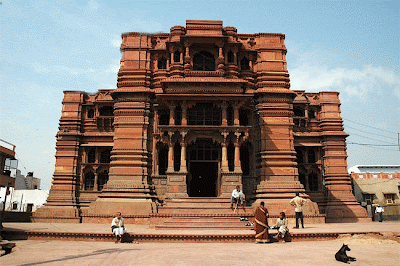
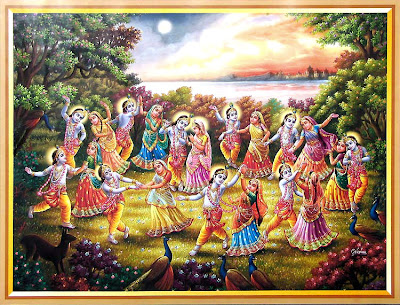

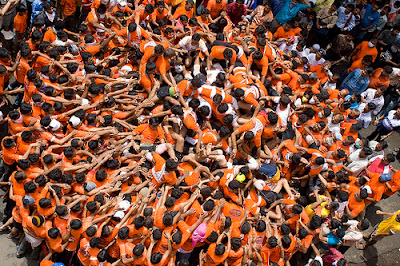

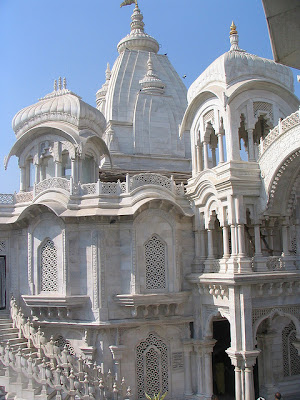







No comments:
Post a Comment